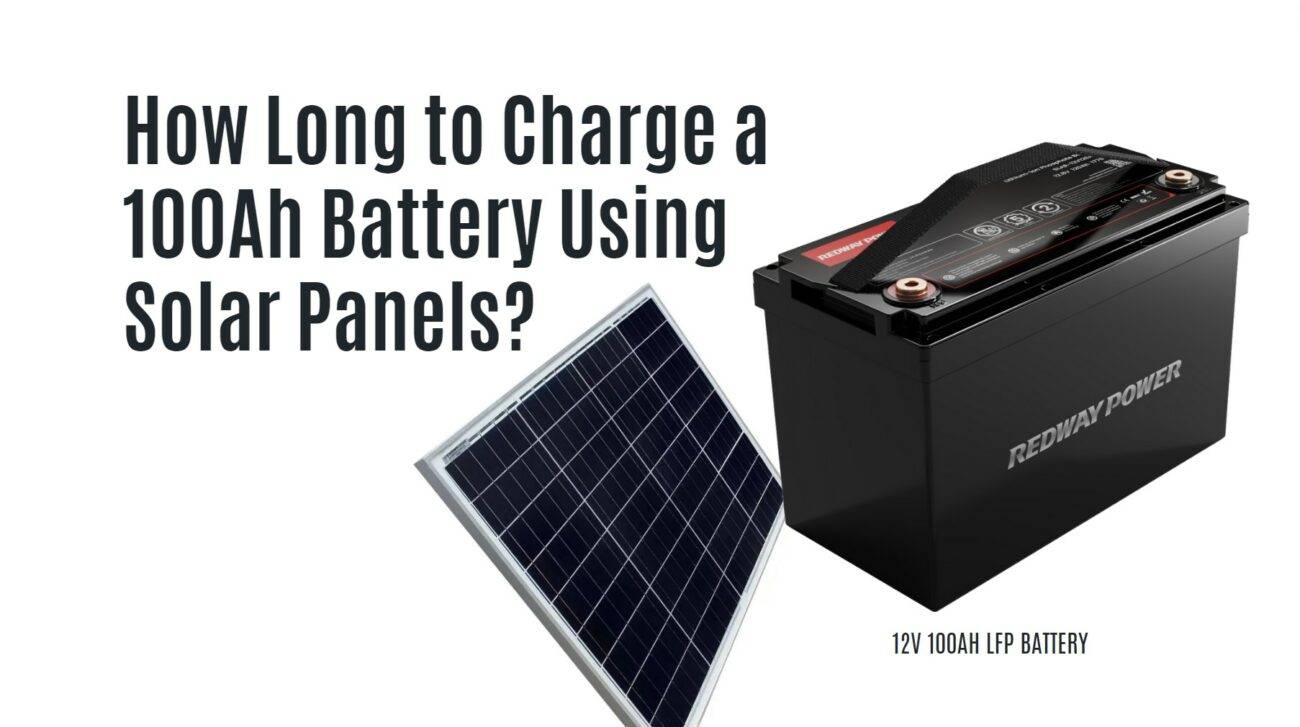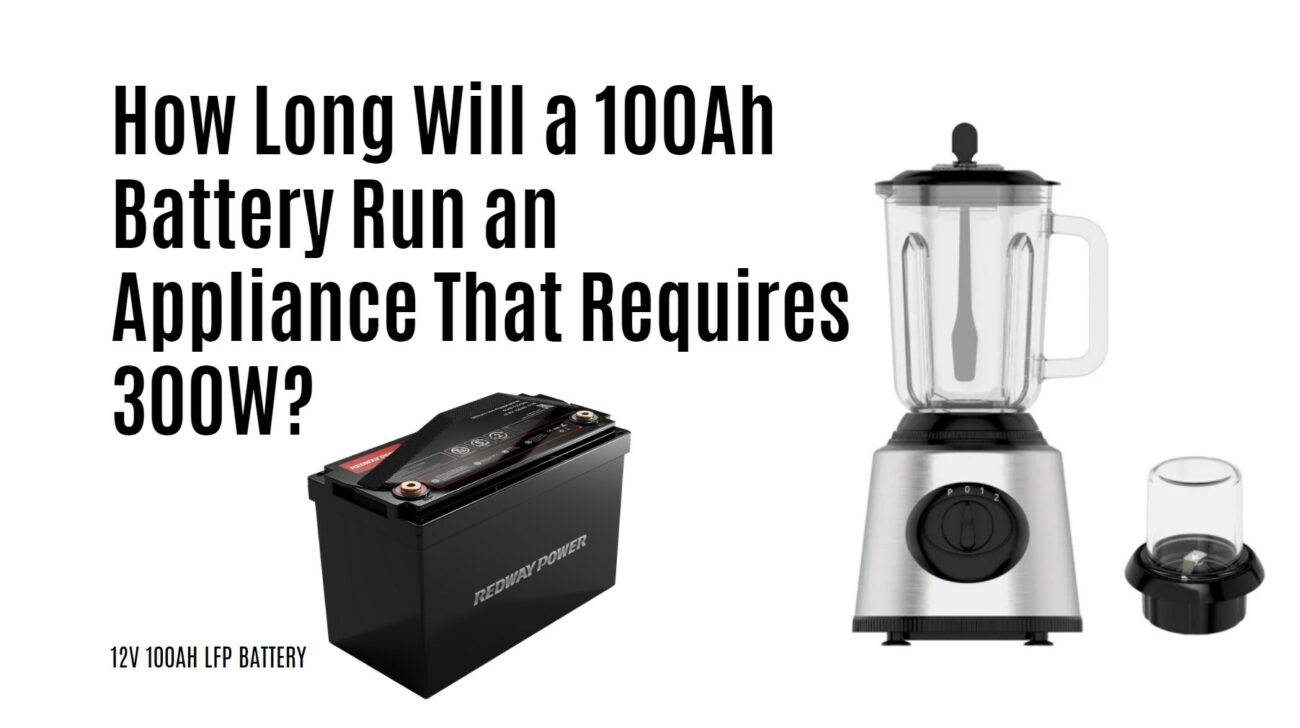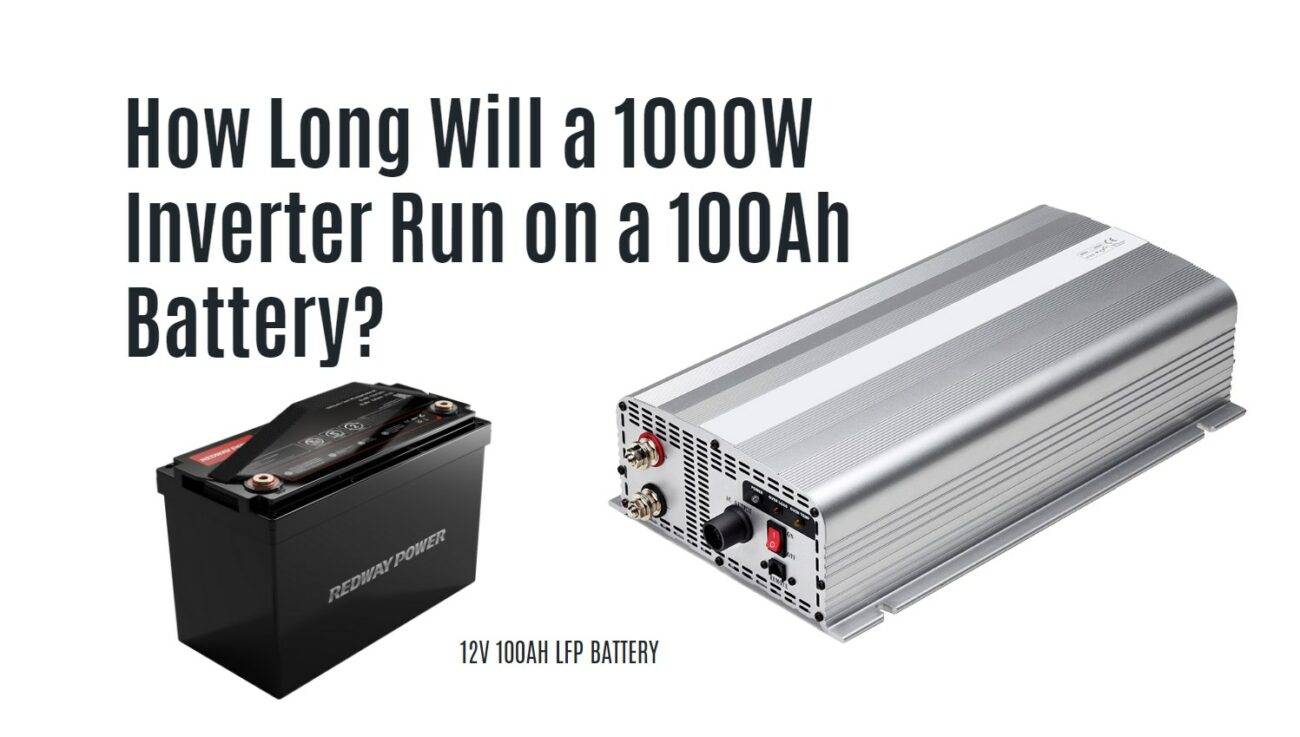- Forklift Lithium Battery
-
48V
- 48V 210Ah
- 48V 300Ah
- 48V 420Ah (949 x 349 x 569 mm)
- 48V 420Ah (950 x 421 x 450 mm)
- 48V 456Ah
- 48V 460Ah (830 x 630 x 590 mm)
- 48V 460Ah (950 x 421 x 450 mm)
- 48V 460Ah (800 x 630 x 600 mm)
- 48V 460Ah (820 x 660 x 470 mm)
- 48V 500Ah
- 48V 560Ah (810 x 630 x 600 mm)
- 48V 560Ah (950 x 592 x 450 mm)
- 48V 600Ah
- 48V 630Ah
-
48V
- Lithium Golf Cart Battery
- 12V Lithium Battery
12V 150Ah Lithium RV Battery
Bluetooth App | BCI Group 31
LiFePO4 Lithium
Discharge Temperature -20°C ~ 65°C
Fast Charger 14.6V 50A
Solar MPPT Charging - 24V Lithium Battery
- 36V Lithium Battery
- 48V Lithium Battery
-
48V LiFePO4 Battery
- 48V 50Ah
- 48V 50Ah (for Golf Carts)
- 48V 60Ah (8D)
- 48V 100Ah (8D)
- 48V 100Ah
- 48V 100Ah (Discharge 100A for Golf Carts)
- 48V 100Ah (Discharge 150A for Golf Carts)
- 48V 100Ah (Discharge 200A for Golf Carts)
- 48V 150Ah (for Golf Carts)
- 48V 160Ah (Discharge 100A for Golf Carts)
- 48V 160Ah (Discharge 160A for Golf Carts)
-
48V LiFePO4 Battery
- 60V Lithium Battery
-
60V LiFePO4 Battery
- 60V 20Ah
- 60V 30Ah
- 60V 50Ah
- 60V 50Ah (Small Size / Side Terminal)
- 60V 100Ah (for Electric Motocycle, Electric Scooter, LSV, AGV)
- 60V 100Ah (for Forklift, AGV, Electric Scooter, Sweeper)
- 60V 150Ah (E-Motocycle / E-Scooter / E-Tricycle / Tour LSV)
- 60V 200Ah (for Forklift, AGV, Electric Scooter, Sweeper)
-
60V LiFePO4 Battery
- 72V~96V Lithium Battery
- Rack-mounted Lithium Battery
- E-Bike Battery
- All-in-One Home-ESS
- Wall-mount Battery ESS
-
Home-ESS Lithium Battery PowerWall
- 24V 100Ah 2.4kWh PW24100-S PowerWall
- 48V 50Ah 2.4kWh PW4850-S PowerWall
- 48V 50Ah 2.56kWh PW5150-S PowerWall
- 48V 100Ah 5.12kWh PW51100-F PowerWall (IP65)
- 48V 100Ah 5.12kWh PW51100-S PowerWall
- 48V 100Ah 5.12kWh PW51100-H PowerWall
- 48V 200Ah 10kWh PW51200-H PowerWall
- 48V 300Ah 15kWh PW51300-H PowerWall
PowerWall 51.2V 100Ah LiFePO4 Lithium Battery
Highly popular in Asia and Eastern Europe.
CE Certification | Home-ESS -
Home-ESS Lithium Battery PowerWall
- Portable Power Stations
How Many Cycles Does a 100Ah Battery Last? Exploring Battery Lifespan

Understanding how many charging cycles a 100Ah battery can endure is crucial for evaluating its lifespan and performance. A charging cycle refers to the process of discharging and recharging a battery. Knowing how this affects your battery can help you make informed decisions about usage and maintenance. This guide will explain what charging cycles entail and how they impact battery longevity.
What are charging cycles in batteries?
A charging cycle is defined as the process where a battery is discharged and then recharged back to its full capacity. For example, if you use 50% of a battery’s capacity one day and recharge it fully, then use another 50% the next day, that counts as one complete cycle. Understanding this concept is crucial for managing battery health.Chart: Charging Cycle Example
| Day | Battery Usage (%) | Cumulative Cycle Count |
|---|---|---|
| Day 1 | 50 | 0.5 |
| Day 2 | 50 | 1 |
| Day 3 | 30 | 1.6 |
| Day 4 | 70 | 2 |
How do charging cycles affect battery lifespan?
The lifespan of a battery is often measured in terms of its total number of charge cycles. Generally:
- Lead-Acid Batteries: Typically rated for about 300 to 500 cycles, depending on depth of discharge.
- Lithium-Ion Batteries: Can handle up to 2000 cycles under optimal conditions.
As batteries undergo more charge cycles, their capacity diminishes due to chemical wear and tear, leading to reduced overall performance.
What factors influence the number of charging cycles a battery can endure?
Several factors affect how many charge cycles a battery can handle:
- Depth of Discharge (DoD): Deeper discharges typically shorten lifespan; keeping discharge shallow increases cycle count.
- Temperature: Extreme temperatures can accelerate degradation; optimal conditions help maintain performance.
- Charging Practices: Using proper chargers and avoiding overcharging can enhance cycle longevity.
Why is it important to know about charging cycles?
Knowing about charging cycles is vital because:
- Performance Management: It helps users understand when to replace batteries based on expected lifespan.
- Cost Efficiency: Proper management can prevent premature replacements, saving money over time.
How do different battery chemistries impact cycle life?
Different chemistries exhibit varying cycle lives:
- Lead-Acid Batteries: Generally have shorter lifespans due to sulfation from deep discharges.
- Lithium-Ion Batteries: Offer longer lifespans with more charge cycles due to better energy density and efficiency.
Chart: Cycle Life by Battery Chemistry
| Battery Type | Average Cycle Life (Cycles) |
|---|---|
| Lead-Acid | 300 – 500 |
| Lithium-Ion | Up to 2000 |
| Nickel-Cadmium (NiCd) | 1000 – 1500 |
What are the signs of a battery nearing the end of its cycle life?
Signs that indicate a battery may be nearing the end of its useful life include:
- Decreased Capacity: The battery no longer holds a charge effectively.
- Increased Self-Discharge Rate: The battery loses charge quickly when not in use.
- Physical Damage: Swelling, leaking, or other physical changes indicate internal damage.
How can you extend the number of charging cycles?
To extend the number of charging cycles:
- Avoid Deep Discharges: For lead-acid, keep above 50%; for lithium-ion, above 20%.
- Use Quality Chargers: Smart chargers help prevent overcharging and optimize charge levels.
- Maintain Optimal Temperature: Store and operate batteries within recommended temperature ranges.
What maintenance practices can improve battery lifespan?
Best maintenance practices include:
- Regular Inspections: Check for corrosion on terminals and ensure proper connections.
- Water Levels (for Lead-Acid): Maintain appropriate electrolyte levels by topping up with distilled water as needed.
Why should you monitor your battery’s performance regularly?
Monitoring performance is crucial because:
- Early Detection of Issues: Regular checks can catch problems before they escalate into significant issues.
- Optimal Performance Maintenance: Keeping track helps ensure that your devices operate at peak efficiency.
Industrial News
The demand for batteries with extended lifespans continues to rise as industries shift towards sustainable energy solutions. Recent advancements in lithium-ion technology have led to improvements in cycle life and efficiency, making these batteries more accessible for various applications. Additionally, manufacturers are focusing on developing smarter management systems that enhance overall performance while reducing environmental impact.
Redway Power Views
“Understanding how many charging cycles a battery can handle is essential for maximizing its utility,” says Dr. Lisa Reynolds, an energy storage specialist. “By following best practices in monitoring and maintenance, users can significantly enhance their experience while reducing long-term costs.”


























